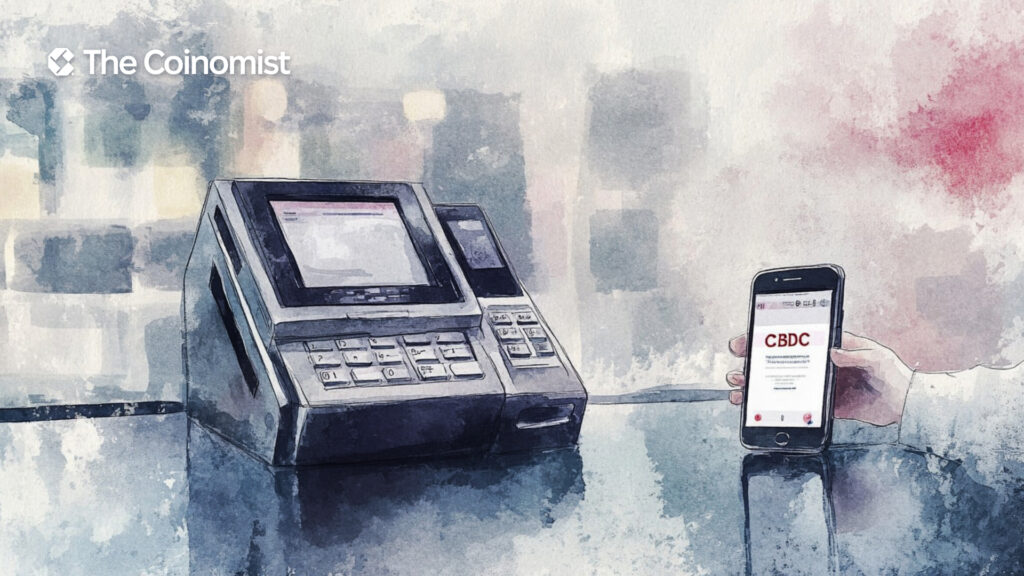South Korea’s 7-Eleven to Accept CBDC Payments in a Pilot Program

South Korea’s 7-Eleven stores will accept CBDC payments between April 1 and June 30 as part of a pilot program to test the Bank of Korea-issued digital currency.
The 7-Eleven stores are collaborating with the Central Bank of South Korea under Project Hangang to test the use of CBDC in everyday transactions.
According to local news, all 7-Eleven stores will offer customers the option to pay with the national digital currency for three months.
Seven banks are participating in the program: Kookmin, Shinhan, Hana, Woori, NH NongHyup, BNK Busan Bank, and Industrial Bank of Korea. Customers will need to use banking apps and display a QR code when making purchases with CBDC.
By participating in the program, 7-Eleven aims to increase customer loyalty and boost sales.
Moon Dae-woo, Head of 7-Eleven’s Digital Innovation Division, said:
Seven Eleven is making multi-faceted efforts to operate stores efficiently using next-generation digital technologies, and participating in this digital currency use test has helped accelerate the digital transformation.
He added,
We will continue to strive to provide next-generation technologies and new services that customers can experience at Seven Eleven.
South Korea's Digital Currency Strategy and Global Context
Earlier in March, the Bank of Korea clarified that it has no plans to adopt Bitcoin as a national reserve currency. While the country is integrating advanced technologies into its economy, it is taking a cautious approach focused on stability.
In contrast, U.S. President Donald Trump banned the creation of a national digital dollar, citing concerns over privacy and financial stability.
CBDCs are digital currencies issued by central banks to enhance traditional payment systems and reduce transaction costs. Unlike cryptocurrencies, CBDCs are state-controlled and must meet the standards of national currencies.
With the latest initiative with 7-Eleven, the Bank of Korea is expected to analyze transaction data, user feedback, and technical performance over the course of the pilot to assess scalability and public readiness.
Depending on the results, the central bank may expand testing to other retail environments or explore integration with public services and transit systems. For now, the focus remains on gaining insight into user behavior and ensuring that any future rollout meets the demands of security, efficiency, and accessibility.
The pilot is seen as a step toward building a digital payments infrastructure that can coexist with existing financial systems – modernized but closely regulated.
The content on The Coinomist is for informational purposes only and should not be interpreted as financial advice. While we strive to provide accurate and up-to-date information, we do not guarantee the accuracy, completeness, or reliability of any content. Neither we accept liability for any errors or omissions in the information provided or for any financial losses incurred as a result of relying on this information. Actions based on this content are at your own risk. Always do your own research and consult a professional. See our Terms, Privacy Policy, and Disclaimers for more details.























